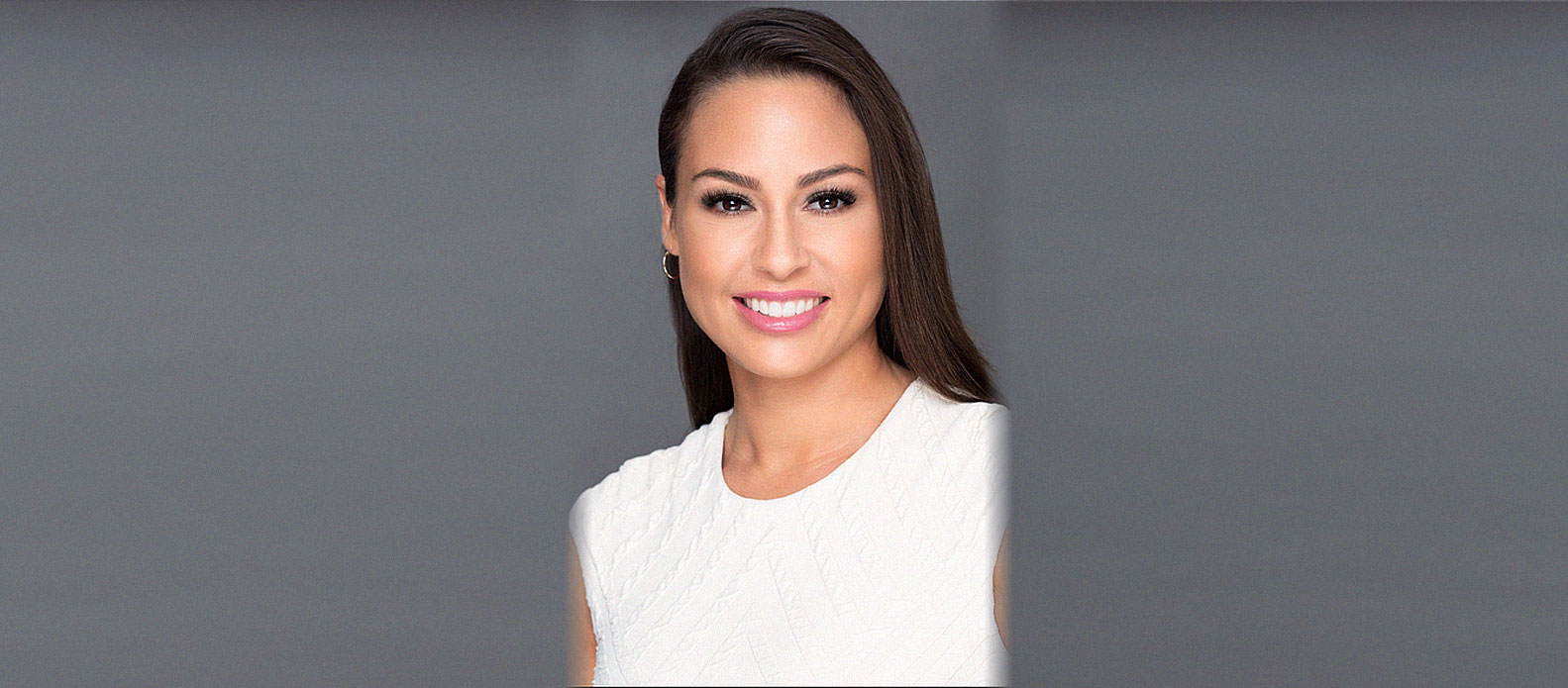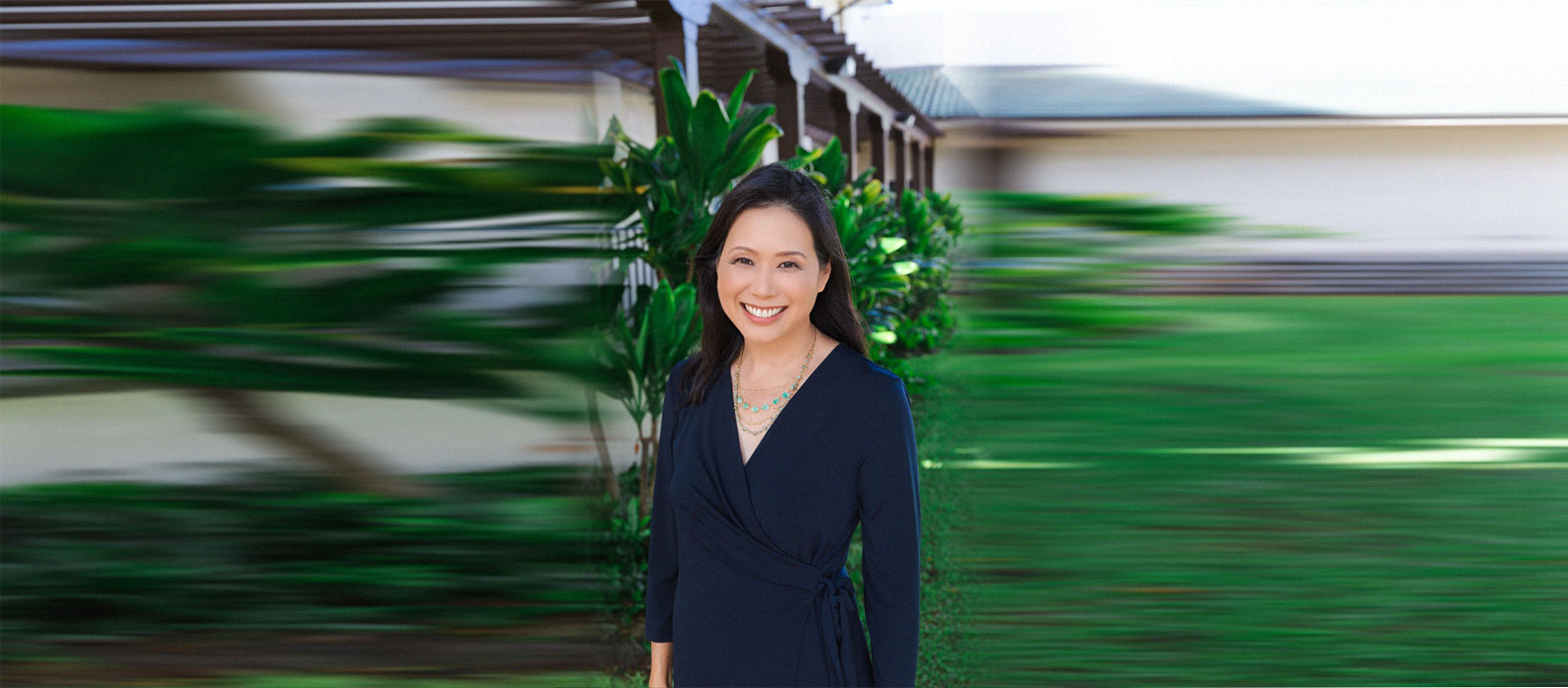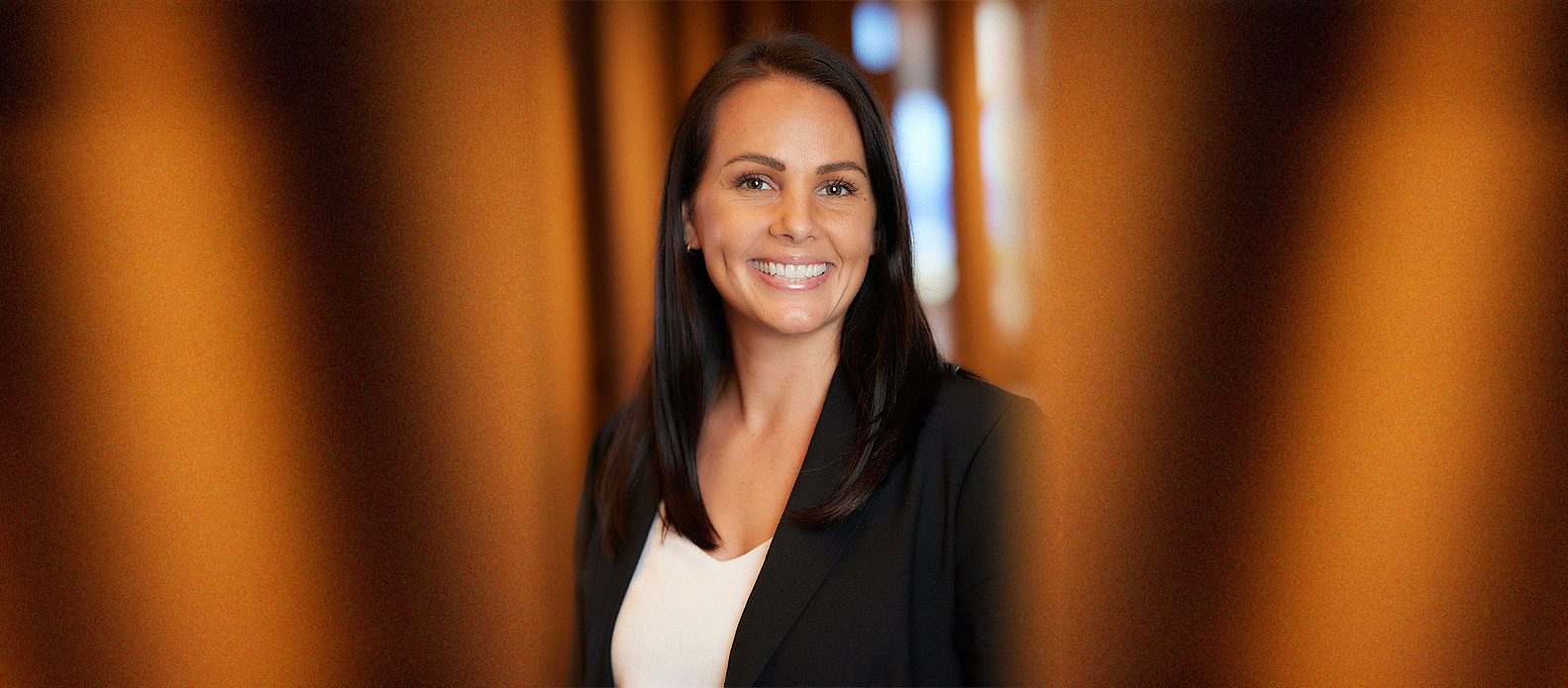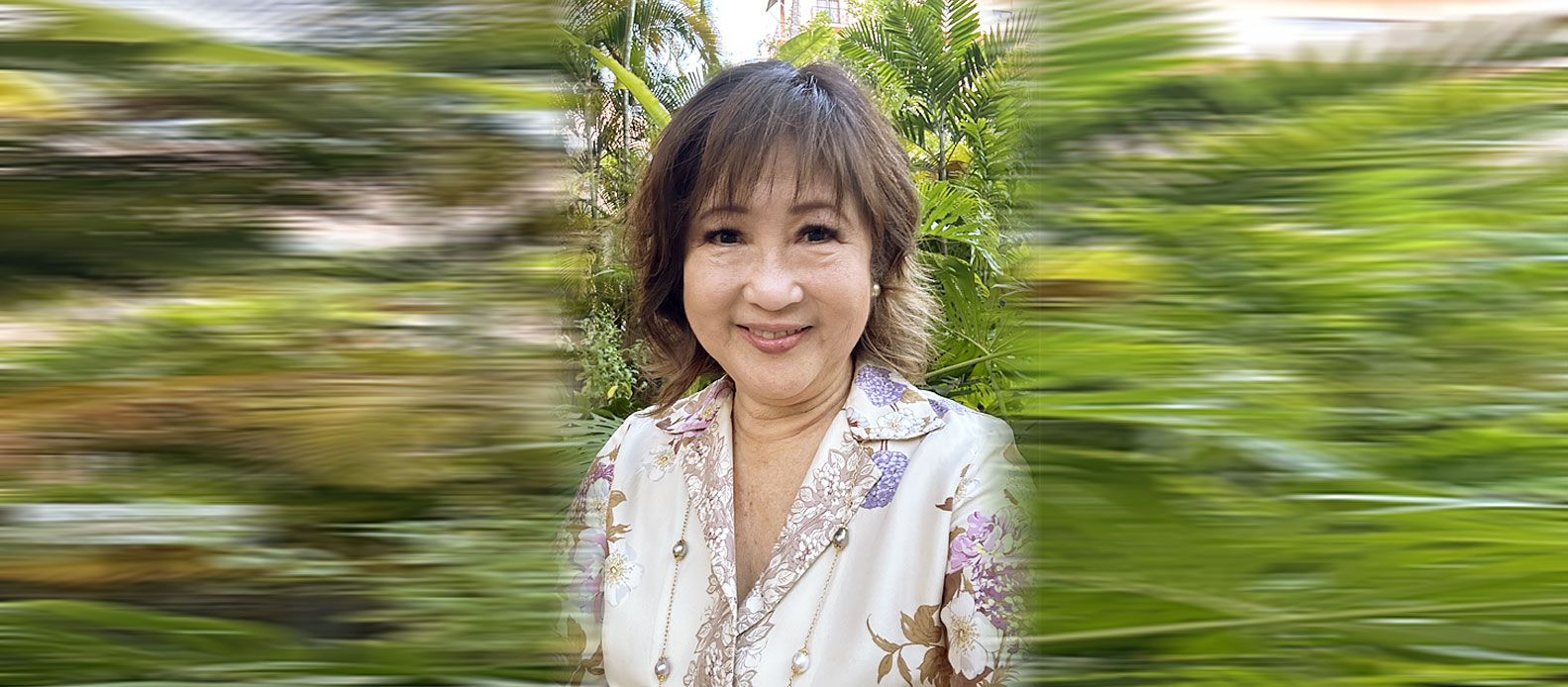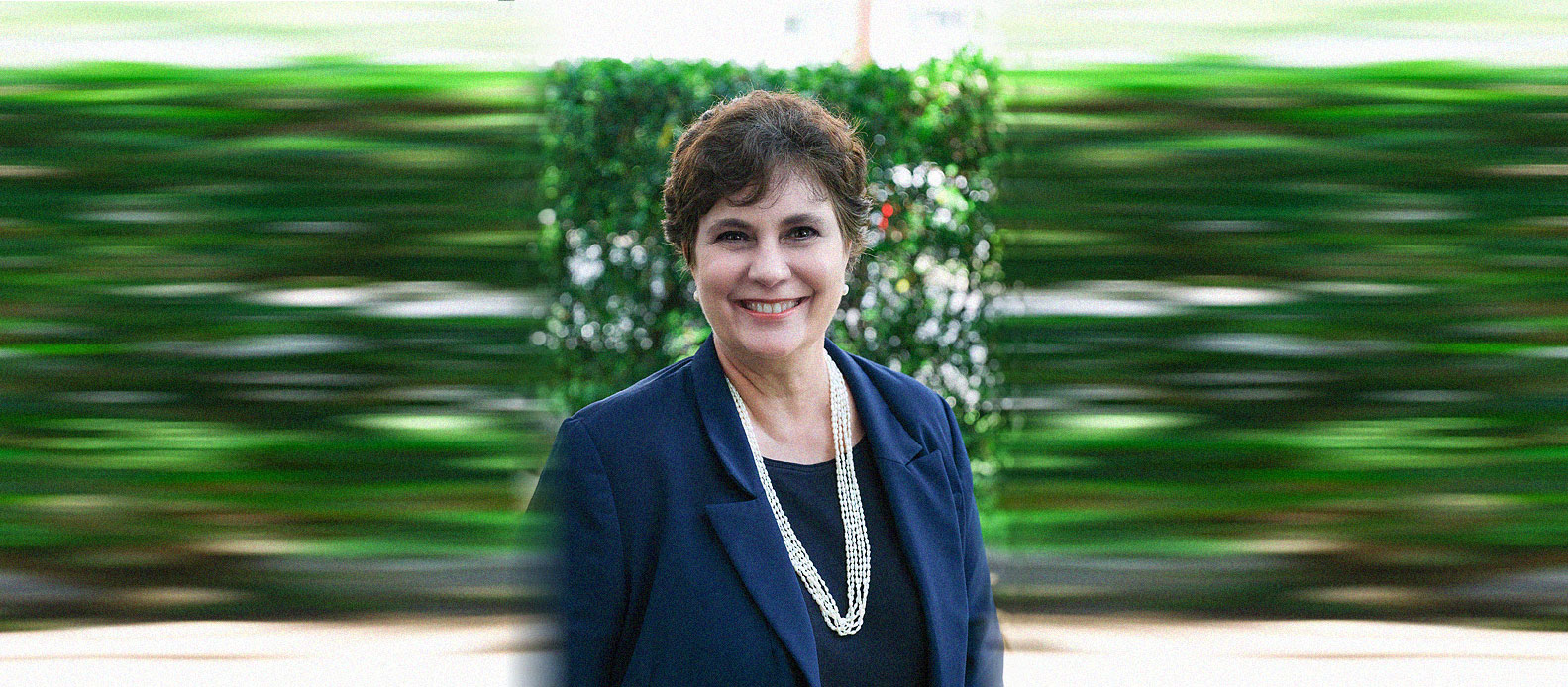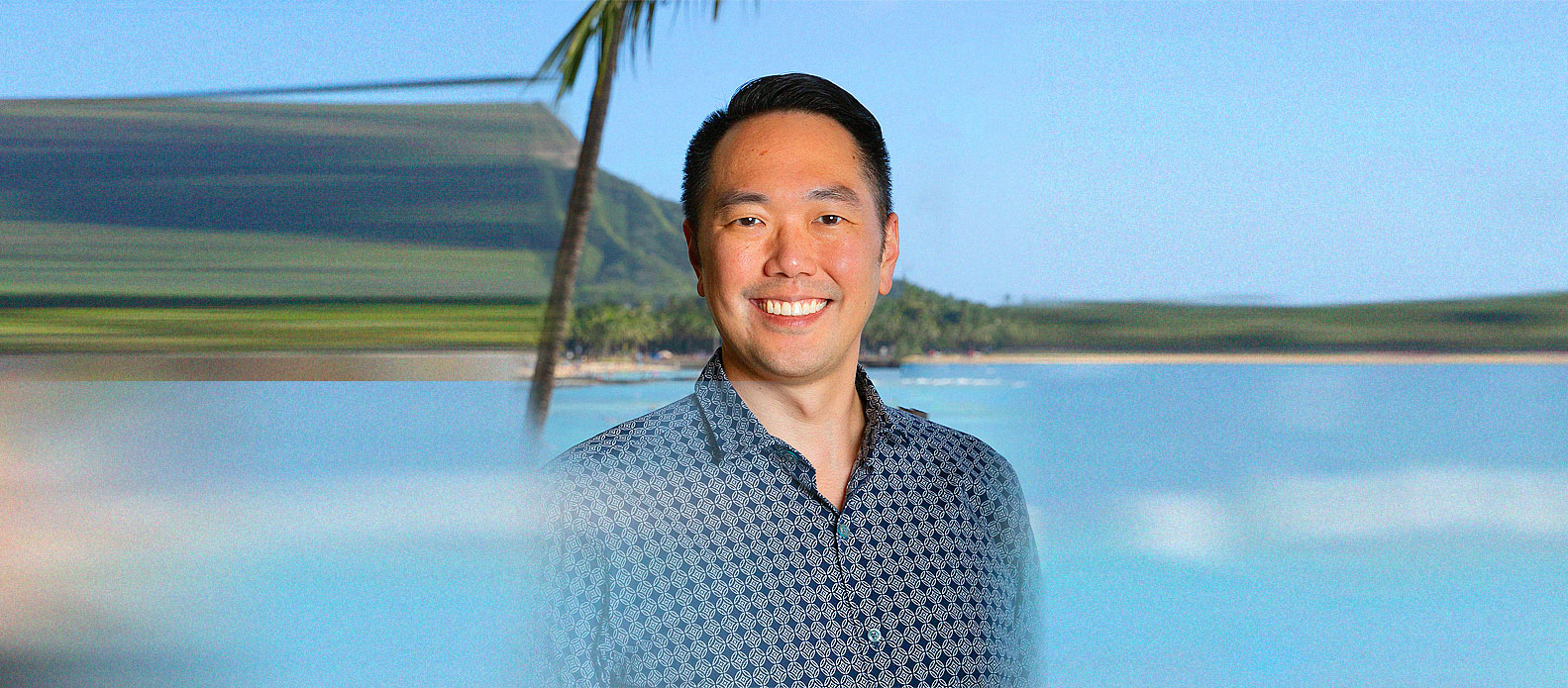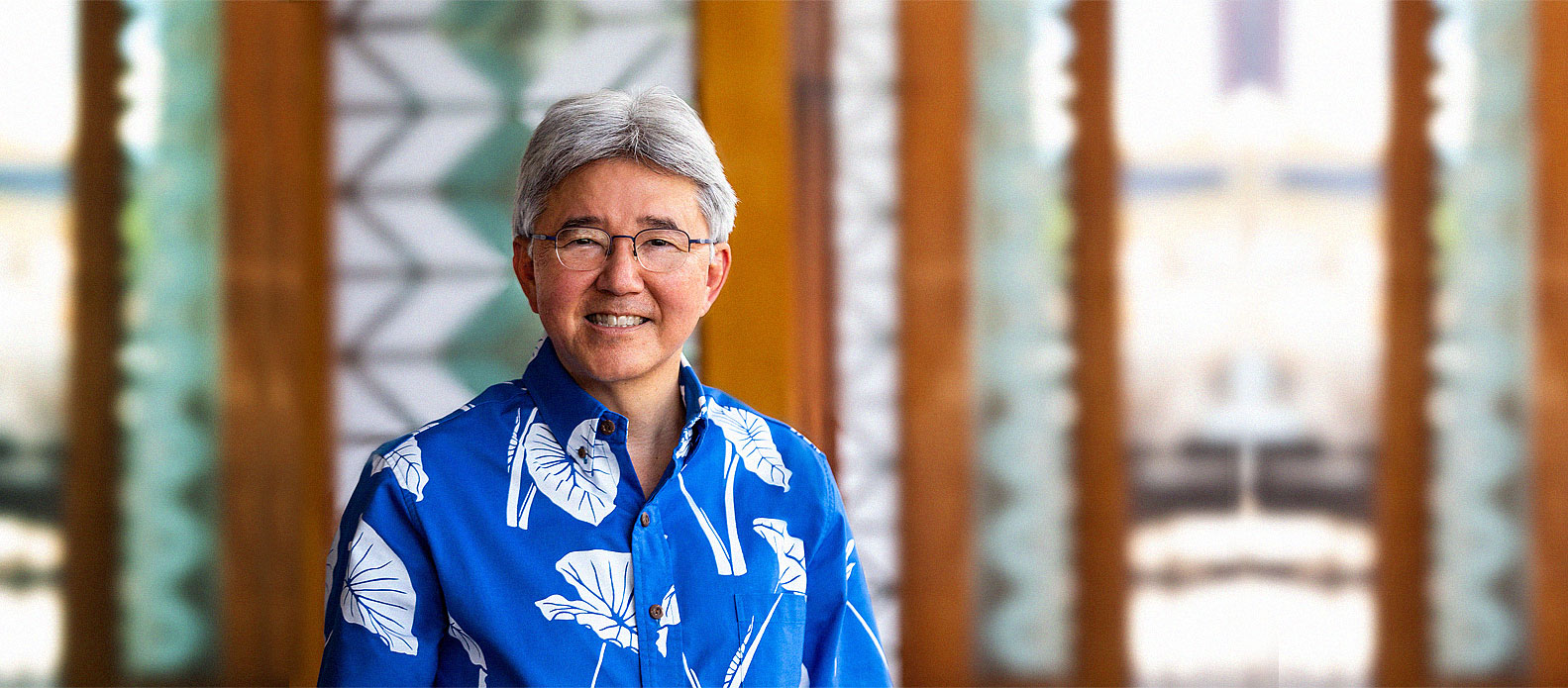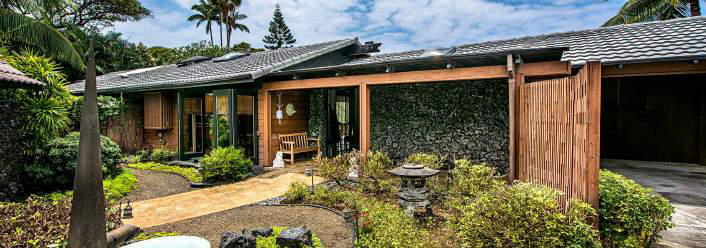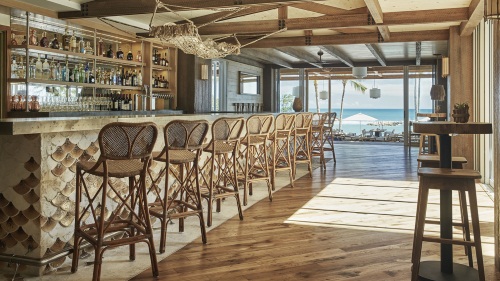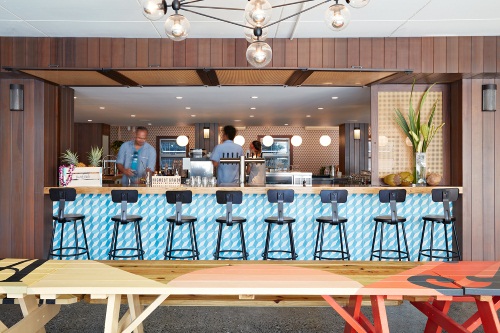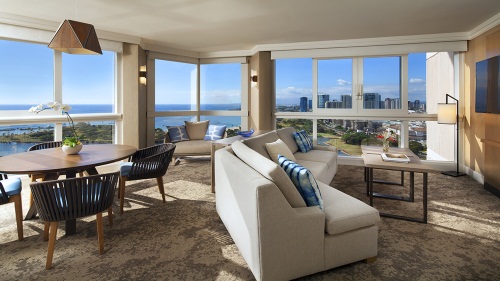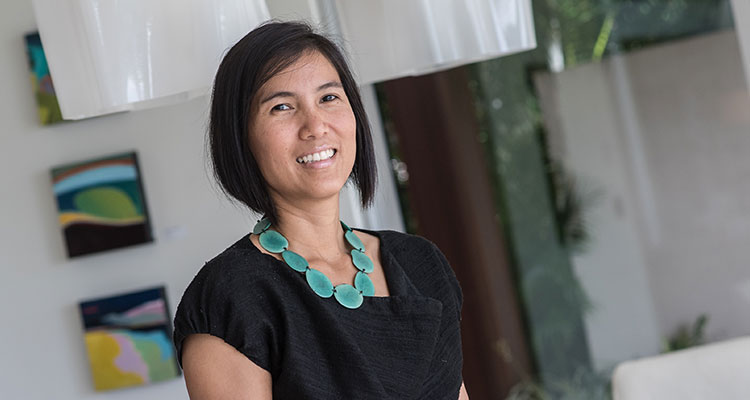
Interior design for urban living
That’s nine times the number of O‘ahu residents crammed into a space half the size of Kaua‘i. Now that’s a design challenge. New York City has seen decades of urban sprawl, degradation and renewal and offers design solutions for a growing Honolulu. New York City is functional because there are downtown areas for all the boroughs.
City planners and builders have taken that idea and brought it to the Ward and Kaka‘ako districts. Ward Village is an entire neighborhood designed to be accessible on foot, complete with mixed-use structures, innovation centers and reclaimed parks.
We are living in a new Hawai‘i, and for the majority of residents in the state, vertical living is the new normal. Condominium units have become the standard as we build upward to solve Hawai‘i’s housing crisis. Hawai‘i’s population is estimated to reach approximately two million by 2040. As the population doubles in the next 25 years, will the design of these new buildings ensure adequate supply for the demand? Through innovative design, we can overcome the challenges presented by our space constraints and pent-up demand for housing.
As the condo market branches out to neighborhoods beyond Honolulu’s suburbs, smaller living spaces may become the mid-market normal. Furniture and amenities with multiple purposes could evolve from need to trend to lifestyle as technology creates additional space solutions through automation and keyless entry. Micro-units could become “microchip units” as technology makes it possible to automatically reconfigure the furniture based on the occupant’s lifestyle.
The trend toward vertical, urban living is about utilizing smaller spaces by making them more functional and comfortable.Modular furniture with multifunctional capabilities maximize the product’s value and allow for more efficient use of a space.
A studio can be much more than a room with a bed and kitchenette if you’re able convert the bedroom into a living room, or the dining area into an office space. Life tends to pull us in multiple directions, so it’s only fitting that our living spaces transform to meet our ever-changing needs.

CHRIS DITTMAR is the vice president of business development at Infinium Interiors. An O‘ahu native, he earned his BFA from Northern Arizona University in Flagstaff, Arizona, and recently received his Executive MBA from the University of Hawai‘i at Manoa Shidler College of Business.







